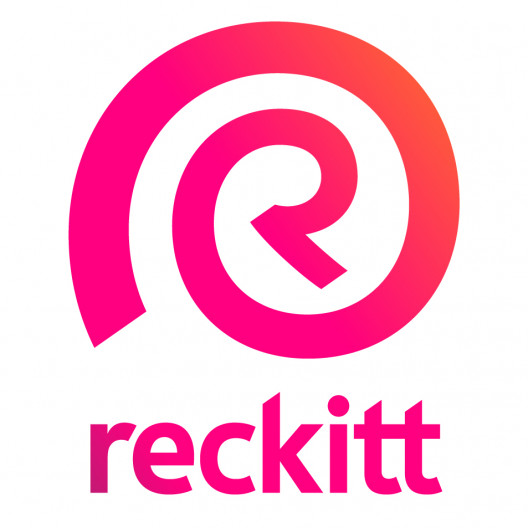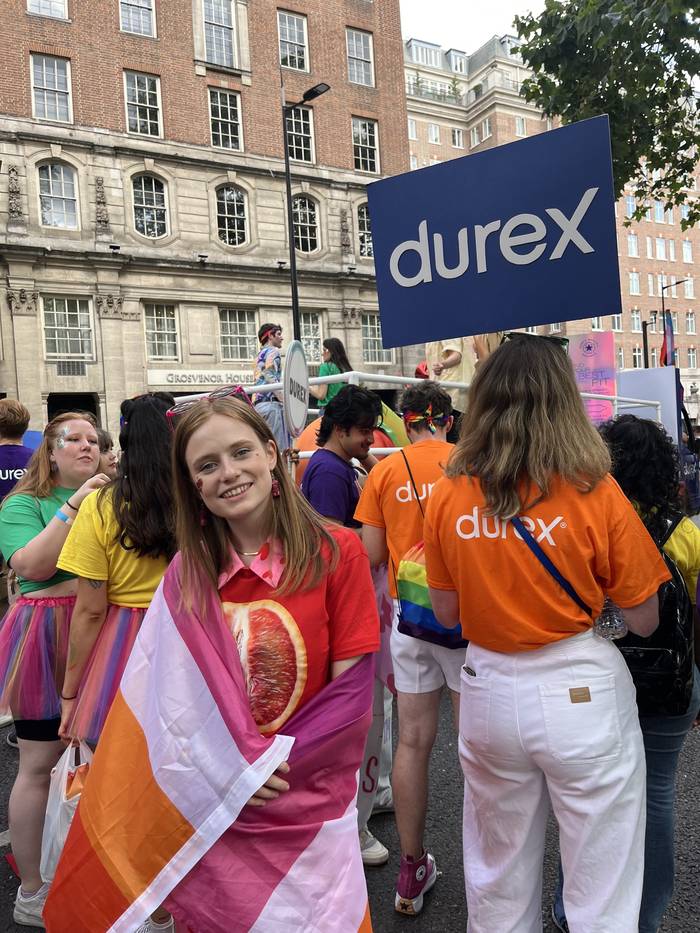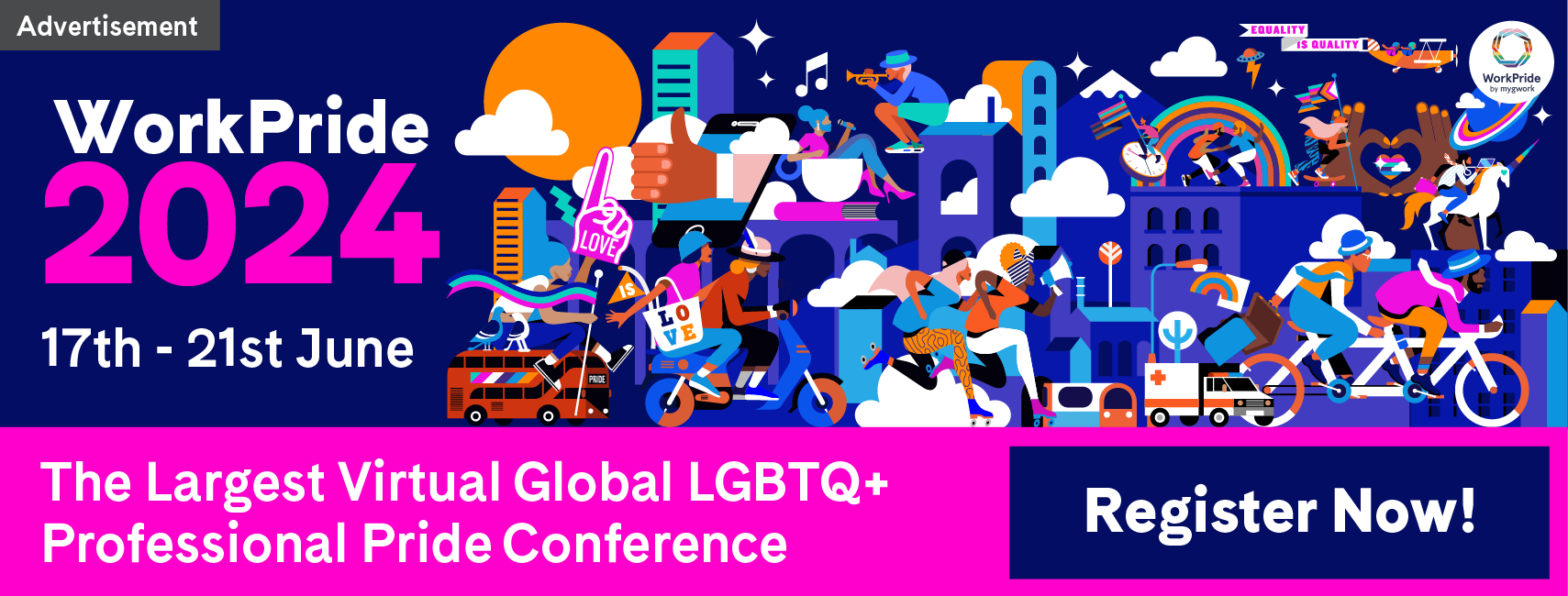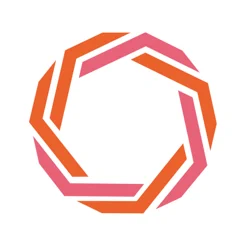
Amy Saunders Coming Out Advice: “You Don’t Owe Anyone an Explanation on Your Sexuality or Gender”
Resources
For National Coming Out Day we spoke to Amy Saunders, an R&D Operations Associate at Reckitt who shared her story and advice for other LGBTQ+ people on coming out.
Hello Amy. Lovely to chat with you - can you introduce yourself?
My name is Amy Saunders, my pronouns are she/her,
and I’m an R&D Operations Associate on the brand Strepsils.
Can you share your experience with coming out?
I have never sat down with anyone in my
life with the intention of coming out. It has always been extremely low-key and
totally unplanned, just coming up in conversation. On the whole, I’ve had great
experiences when coming out, with most people reacting with nonchalance.
However, it is something I have to do quite often, as a lot of people assume my
sexuality based on how I look.
The instance that stands out to me the most though is when I was on the way to a first date and my dad called. He asked me where I was going, and then “What’s his or her name?” So I told him! I’m extremely grateful that he gave me that ambiguity, even when he didn’t know I needed it.

How does Reckitt support and
empower its LGBTQ+ employees?
My organisation encourages all employees to
bring their whole selves to work, supported by the work of the employee resource
groups.
Another key way that Reckitt concretely
empowers its LGBTQ+ employees is through its company policies. This probably
doesn’t sound like a fun or sexy answer, but it’s so important, as strong
policies are the foundation of an inclusive workplace. Reckitt’s policies are
explicitly inclusive of LGBTQ+ identities, ensuring they are treated with respect,
actively included, and have an equal opportunity to perform at their best. Our
policies also ensure that employees can access the support and benefits they
are entitled to. This includes but is not limited to parental leave, covering
shared parental leave, adoption, and surrogacy; gender-affirming facility use
and name changes; reasonable adjustments to accommodate disabilities; and mental
health resources.
Do you feel that by being visible, you can
encourage others to come out?
Absolutely! You can’t be what you can’t
see. As the ERG became more active on-site, I became more comfortable being
very visibly out. This was especially true when I saw senior leaders engaging
with the work of the ERG and some sharing their own stories. However, no one
should feel pressure to be out at work. It’s always a personal choice. I’m so appreciative
of the people who made that choice before me, though!
It has been proven that being out at work
increases productivity. What other advantages do you see in coming out in the
workplace?
People feel comfortable in themselves, able
to connect genuinely with the people around them, and will feel better about
going to work every day.
In your opinion, how can an organization
and its clients benefit from a diverse workforce?
A diverse workforce is a diversity of
opinions, approaches, and experiences. This will all be of great benefit when
putting together project teams that will constructively challenge each other, be
able to think creatively and troubleshoot any issues.
What advice would you give the younger
generations of LGBTQ+ people looking to get started in the industry?
Check the company’s values to make sure
they align with our own, as well as the policies that will impact your day-to-day. Do they have an ERG? Is the support they offer to employees inclusive of
different family structures? It will make an impact on your overall experience
as an employee there.
More and more organizations want their
employees to bring their whole self to work. Would you consider working for an
organization that does not?
If I could avoid it, I would. We spend so
many hours of our life at the office. It would be a shame for those hours to be
spent feeling repressed or afraid, or even just not yourself. Being able to be
my whole self at work allows me to thrive, and the work I do on the ERG
motivates me and gives me energy.
Who is your LGBTQ+ corporate role model?
I really admire Eve Cornwell, especially for her choice to still dress and present as herself, even in a corporate environment. Think there is still some implicit messaging that to ‘look gay’ is to look unprofessional, but that doesn’t have to be the case! Plus, she’s in her queer fiancé era, and I’m so happy for her.
How do you think allies can support their
colleagues coming out?
Don’t assume anything! Try to avoid using
gendered words when chatting with your colleagues, and switch to gender-neutral
terms like ‘partner’ or ‘spouse’ etc.
If your workplace offers it, you can choose
a rainbow lanyard to indicate you’re a safe person for an LGBTQ+ colleague or
some inclusive pins like the rainbow flag or a pronouns pin.
If you can include your pronouns in your email signature or internal communications platform, do so! When cis people share their pronouns, it normalizes and makes it easier for trans or non-binary people to do so too.

Do you think there an enough LGBTQ+ people
at C-level in the workplace?
There may be enough people, but if there
is, there isn’t enough visibility of representation. Particularly for
intersectional identities within the LGBTQ+ community. This is true across the
board for marginalised identities. This needs to be tackled both at the
C-Level, but also by increasing the diversity of people coming into the
workforce in positions of fast growth who can work their way up.
Do you check the Diversity and Inclusion
policies of an organisation and same-sex partner benefits before considering
working for an organisation? Why?
Yes! Even if I never need the policies, or never use the benefits, it’s indicative of a workplace that is actively following through with its commitments to D&I. It will be reflected in the day to day culture of that workplace.
How can workplaces create a welcoming environment for LGBTQ+ employees?
Provide the resources needed for an active Employe Resource Group. This includes budget to run activities, allow time in people’ day to organize or engage with these activities, and the power to influence policies that impact LGBTQ+ employes directly. Senior Leaders should lead by example, getting involved and endorsing this work.
What tips would you give to someone coming out?
My top tip is to assume everyone already knows and let them catch up in their own time. (BIG disclaimer here – as long as you feel safe). It’s not your responsibility to over-explain your sexuality or gender to everyone you meet. For example, you can casually drop your partner/date/crush’s gender or name into conversation and let them come to their own conclusions. Additionally, if someone makes an incorrect assumption about your sexuality or gender, you don’t need to correct them if you don’t feel like it, that’s on them! Straight or cis people aren’t expected to have a big ‘coming out’ conversation, so LGBTQ+ shouldn’t have to either.
If you feel like you want to come out, I would say take you time and start small – tell someone who you trust the most and feel safe with. You can pick and choose who you want to be out to, and remember you don’t owe anyone an explanation on your sexuality or gender!

